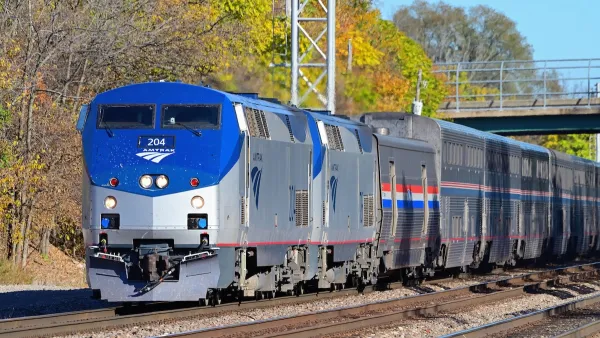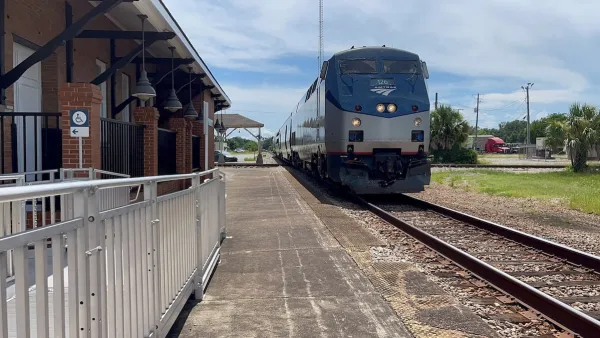A New York Times investigation uncovered years of government documents showing that officials ignored warnings about major structural flaws and poorly performed work on the train line before its fatal collapse in May.

An investigation of the collapse of a Mexico City Metro overpass in May that killed 26 people by Natalie Kitroeff, Maria Abi-Habib, James Glanz, Oscar Lopez, Weiyi Cai, Evan Grothjan, Miles Peyton, and Alejandro Cegarra of The New York Times, "based on years of government records, interviews with people who worked on the construction, and expert analysis of evidence from the crash site," found "serious flaws in the basic construction of the metro that appear to have led directly to its collapse."
The section of the line that collapsed was built by Carso Infrastructure and Construction, a company owned by ultra-wealthy businessman Carlos Slim, and was the company's first foray into rail building. Engineers believe the collapse primarily happened because the steel beams designed to hold up the track were connected to a concrete slab for added strength by poorly welded studs. "The Times reviewed thousands of pages of internal government and corporate documents on the metro’s troubled history, finding more than a decade of warnings and concerns about safety before the fatal crash." Their inquiry found that "a frenzied construction process that began before a master plan had been finalized" and authorization of poor quality work and equipment–such as train cars that were incompatible with the track–"produced a metro line with defects from the start." Despite these well-documented structural flaws, city officials pressured the contractors to finish the job before the end of then-mayor Marcelo Ebrard's term, "underscor[ing] a pattern of political expediency and haphazard work as the metro was being built."
Engineers working on another Carso project, the 950-mile Tren Maya in Southern Mexico, have expressed concerns about similar problems on that line. "In hundreds of messages viewed by The Times, engineers have discussed construction progressing on Tren Maya without plans or details being approved, as well as unfinished designs."
FULL STORY: Why the Mexico City Metro Collapsed

Maui's Vacation Rental Debate Turns Ugly
Verbal attacks, misinformation campaigns and fistfights plague a high-stakes debate to convert thousands of vacation rentals into long-term housing.

Planetizen Federal Action Tracker
A weekly monitor of how Trump’s orders and actions are impacting planners and planning in America.

Chicago’s Ghost Rails
Just beneath the surface of the modern city lie the remnants of its expansive early 20th-century streetcar system.

Bend, Oregon Zoning Reforms Prioritize Small-Scale Housing
The city altered its zoning code to allow multi-family housing and eliminated parking mandates citywide.

Amtrak Cutting Jobs, Funding to High-Speed Rail
The agency plans to cut 10 percent of its workforce and has confirmed it will not fund new high-speed rail projects.

LA Denies Basic Services to Unhoused Residents
The city has repeatedly failed to respond to requests for trash pickup at encampment sites, and eliminated a program that provided mobile showers and toilets.
Urban Design for Planners 1: Software Tools
This six-course series explores essential urban design concepts using open source software and equips planners with the tools they need to participate fully in the urban design process.
Planning for Universal Design
Learn the tools for implementing Universal Design in planning regulations.
planning NEXT
Appalachian Highlands Housing Partners
Mpact (founded as Rail~Volution)
City of Camden Redevelopment Agency
City of Astoria
City of Portland
City of Laramie





























